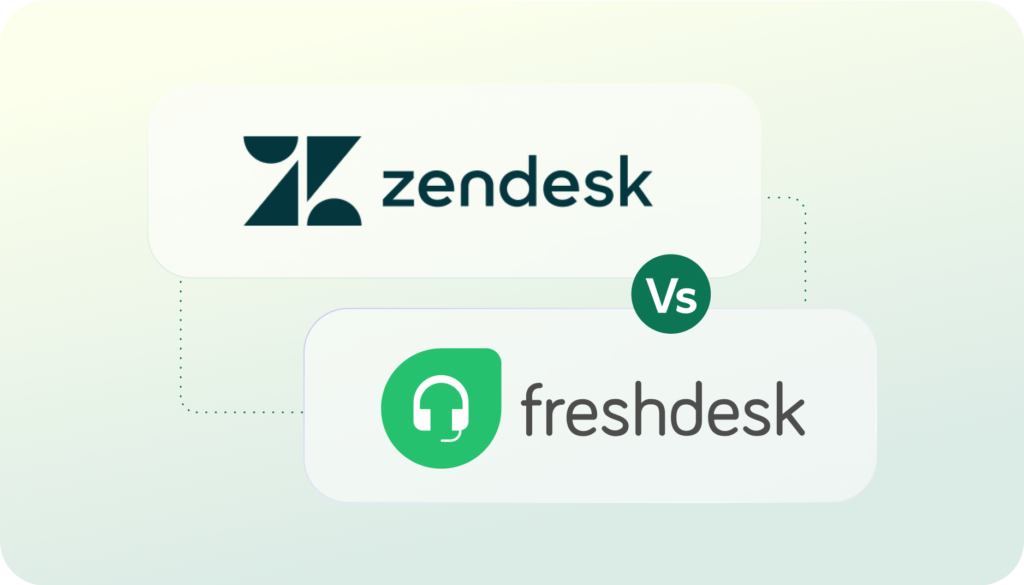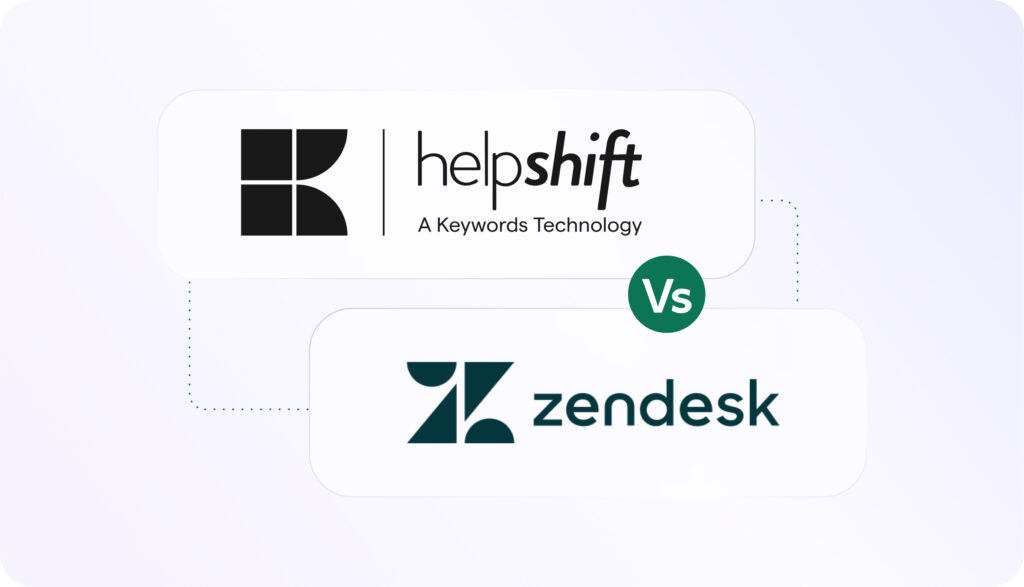In customer service, issues routing is the practice of determining which agent, organization, or channel a customer’s query should be directed to.
Why Does Issue Routing Matter to Customer Service?
Issue routing is very familiar from traditional call center models. With IVR models in particular, customers are often asked to “self-serve” to the right option: “Press 1 for sales, press 2 for technical support,” etc.
Another rudimentary form of issue routing is the conventional Contact Us page on a website, which assigns phone numbers and email addresses based on what overarching type of issue the customer has.
But issue routing has the potential for much more sophistication. With the right customer service platform, you can enlist bots and even artificial intelligence (AI) to route issues from within a myriad of customer communication channels. Within messaging, for instance, AI can parse the customer’s input to determine the best automated solution or human agent to direct the customer query to.
Making issue routing intelligent, automatic, and invisible to the customer results in a greatly enhanced customer service experience. It takes the pressure off agents to conduct manual issue classification, and it also takes the pressure off the customer to know exactly which department they would like to speak with or extension they would like to choose.

How Helpshift Supports Issue Routing
Helpshift’s automated issue routing uses an AI classification engine to automatically label incoming customer issues with the help of machine learning. The AI model gets better and better at issue routing over time using a process called supervised learning aided with natural language processing (NLP) algorithms. The model is trained one time with sample issues from the existing ticketing system.
Once tickets are classified with AI-powered issue routing, Helpshift automatically triages issues to specific agents and queues based on language, user type, customer status, and other criteria. You can further customize how tickets are segmented based on priority, or use skills-based routing to send particular issues to the right agents.
At any point, you can view analytics on issue routing to determine the quality of the engine’s performance and accuracy — the number of issues that have been correctly classified.
AI-enabled issue routing is designed to be deployed by non-engineers and is an integral part of our end-to-end service platform.



